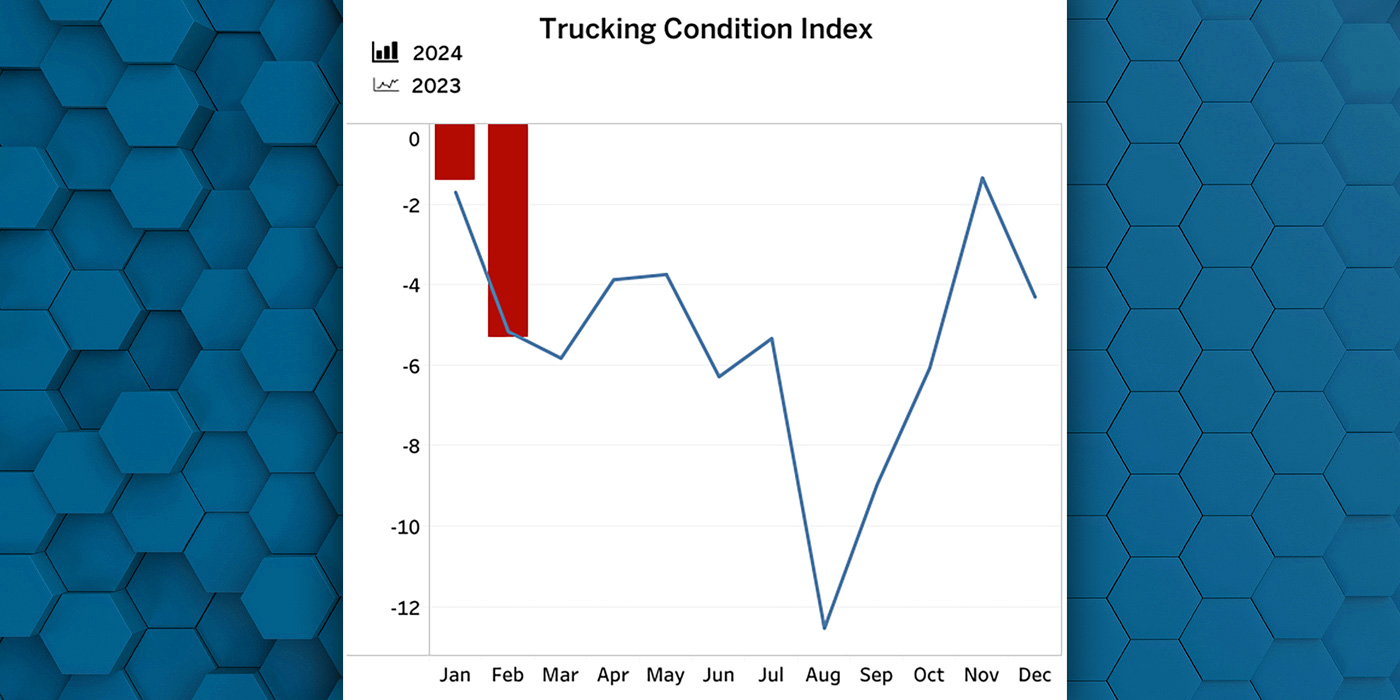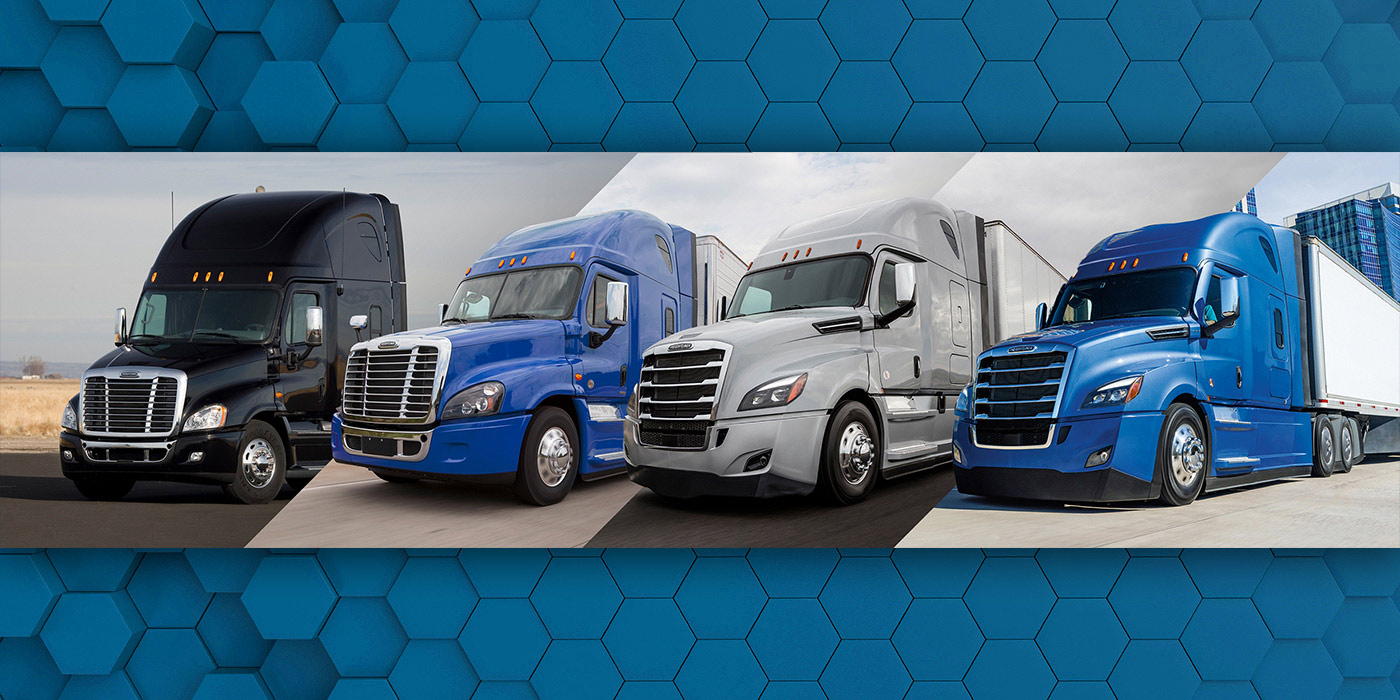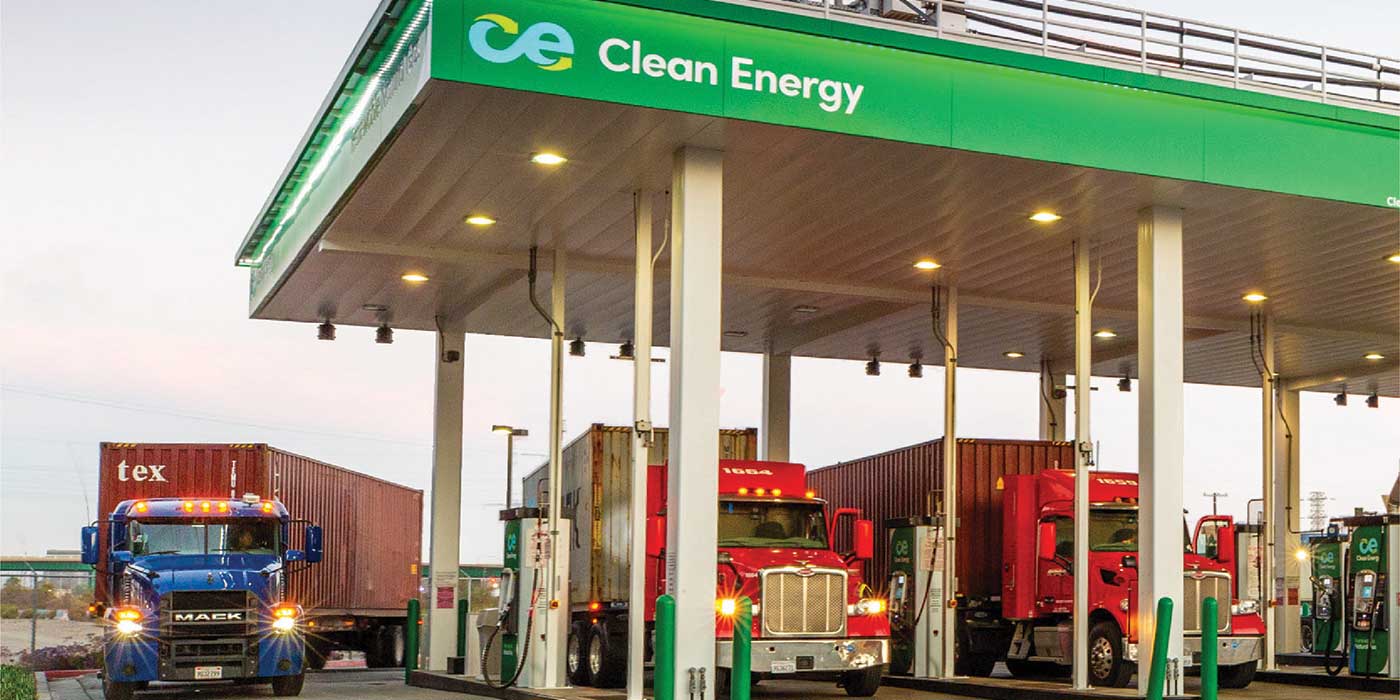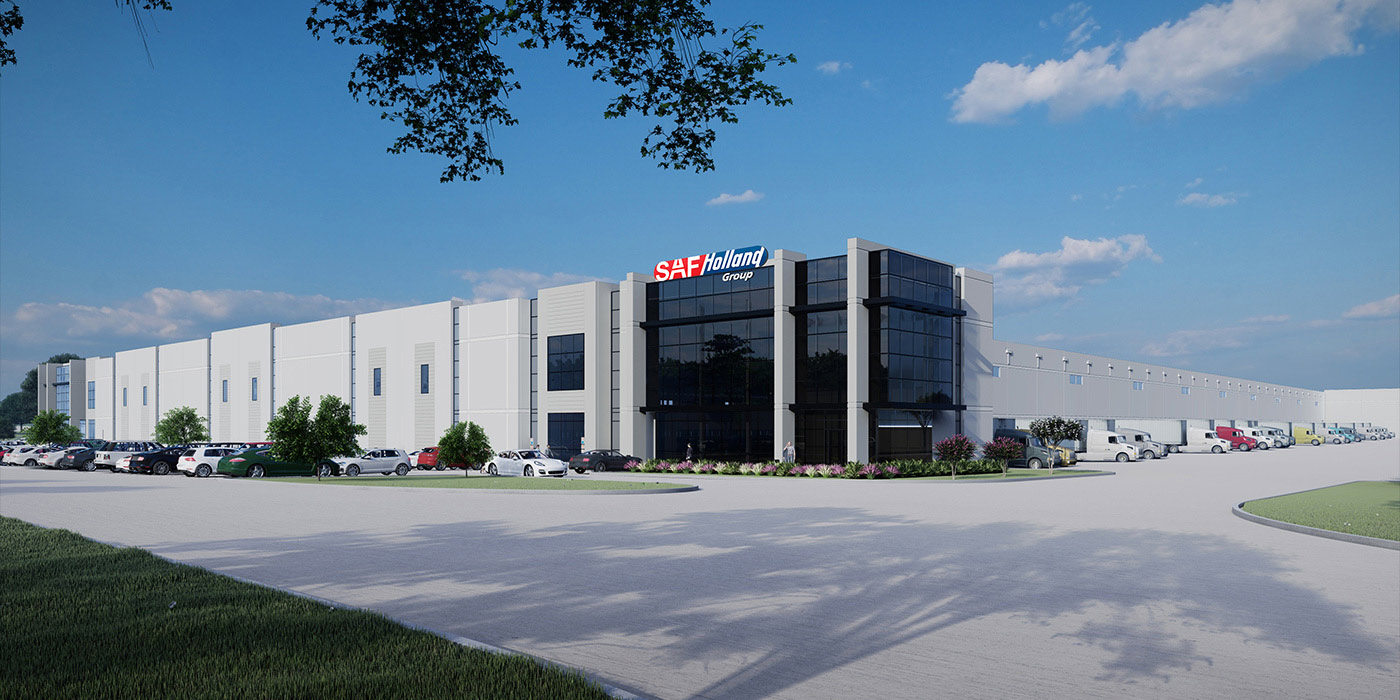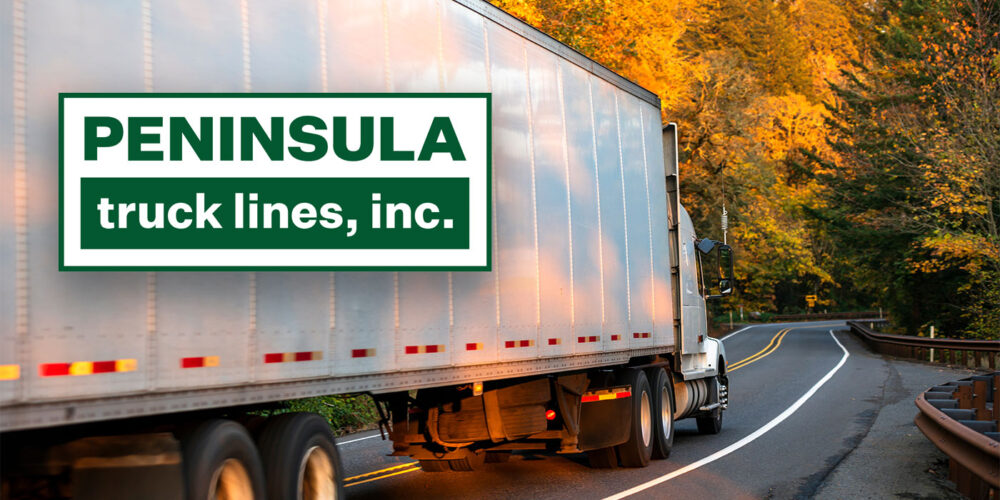Having the ability to interchange used and retreaded tires of the same size on different axles is a luxury most tire managers have enjoyed for decades. Although new tires are almost always selected to be axle-specific, the differences relate to tread pattern design and tread depth. Long wear and resistance to irregular wear are properties emphasized on steer tires. Long wear coupled with traction and torque-transfer characterize drive tires. Fuel economy coupled with maximum resistance to irregular wear are design goals for free-rolling trailer and dolly-axle tires. Since these axle specific differences are generally tread related, most tire manufacturers use a high quality, often standardized casing among the three designs to allow retreading for either drive or free-rolling service in the tire’s second and third tread lives. A change to new generation wide single tires for drive and trail axles in linehaul service will modify these practices, begging the question of what to do with worn out steer tires and how the options will affect tire program costs.
When should new steer tires be removed from service? Many fleets favor early removal (about 9/32nds -12/32nds tread depth) and rotation to free-rolling axles where half-worn steer take-offs will normally deliver many thousands of trouble-free miles. Since the market value of a half-worn virgin casing and one worn to 4/32nds isn’t much different, fleets should review take-off practices to consider extending wear to shallower (still very safe) tread depths. Talking with tire suppliers and manufacturer’s field engineers can help you arrive at revised removal guidelines.
How to expand the use of retreads? There have been many industry changes, including consolidation and increased ownership of retreaders by new tire manufacturers. Primary benefits include significant materials and processing technology and a much reduced time for new tire advances to find their way to retreads. Perfor-mance properties such as fuel efficiency, treadwear, durability and uniformity separate newer generation retreads from older ones. While federal regulations restrict the use of retreads on passenger transport vehicles (e.g., school busses), many freight-carrying trucks could use retreads successfully on steer axles, provided the retreads chosen are properly selected and matched to the service and are of consistent high quality. The Technology and Maintenance Council RP221, guidance from new tire suppliers and communicating with similar fleets in your area can be helpful in choosing retread suppliers wisely. Many tire engineers agree that expanded use of new generation retreads will be a reality in the near future.
Also consider sale of steer tire take-offs to other fleets, especially those with service conditions that don’t favor wide singles. Well maintained virgin steer tires should command a market price above the average casing value. Showcasing your tire maintenance program and assuring some supply consistency for your used steer tires can help market them above the normal trade-in value.
Trade package fitment is another possibility. Many secondary market buyers remain skeptical of wide single tires and prefer conventional duals. It is important to consider not only your conventional tire inventory, but also wheels available for vehicles being offered. Some experts believe that vehicle stability, handling and other characteristics may be en-hanced on future vehicles by lengthening drive and trailer axles by about 4 in., allowing zero offset wheels (versus the current 2-in. positive offset models). Until this is a reality, retrofitting duals is, in most cases, a simple bolt-on change.
Regardless of the disposition chosen for used steer tires, fleets should be mindful of the best industry maintenance practices to assure the maximum value. Obviously, tire branding would be a deal killer for most purchasers. Repairs, even very minor ones, should meet top industry standards, and any materials or additives placed inside tires should be cleaned out to allow quick and accurate visual inspection. Being able to convince potential buyers that the used tires were diligently maintained, especially properly inflated, will help assure maximum return for these assets.






